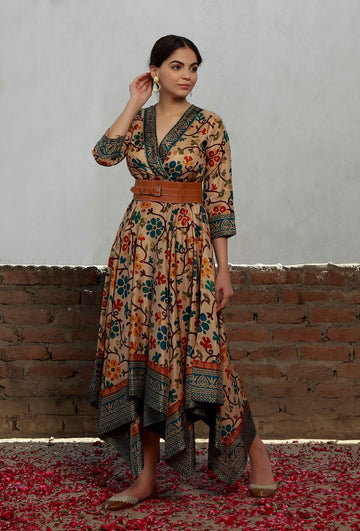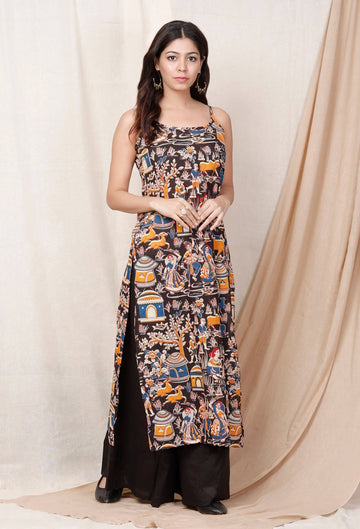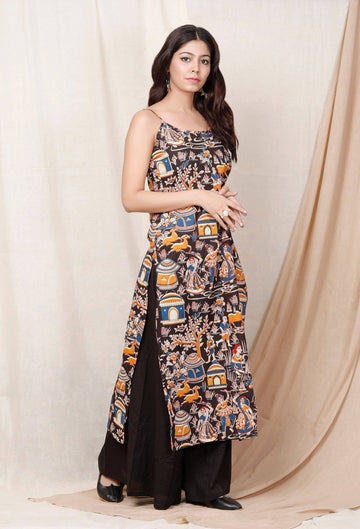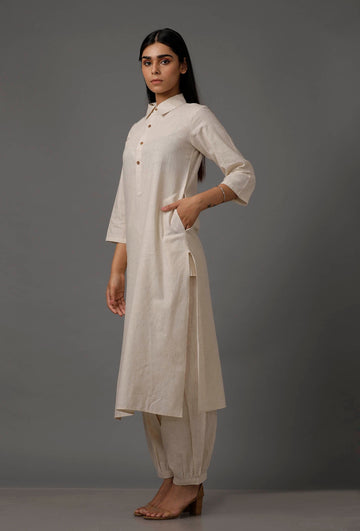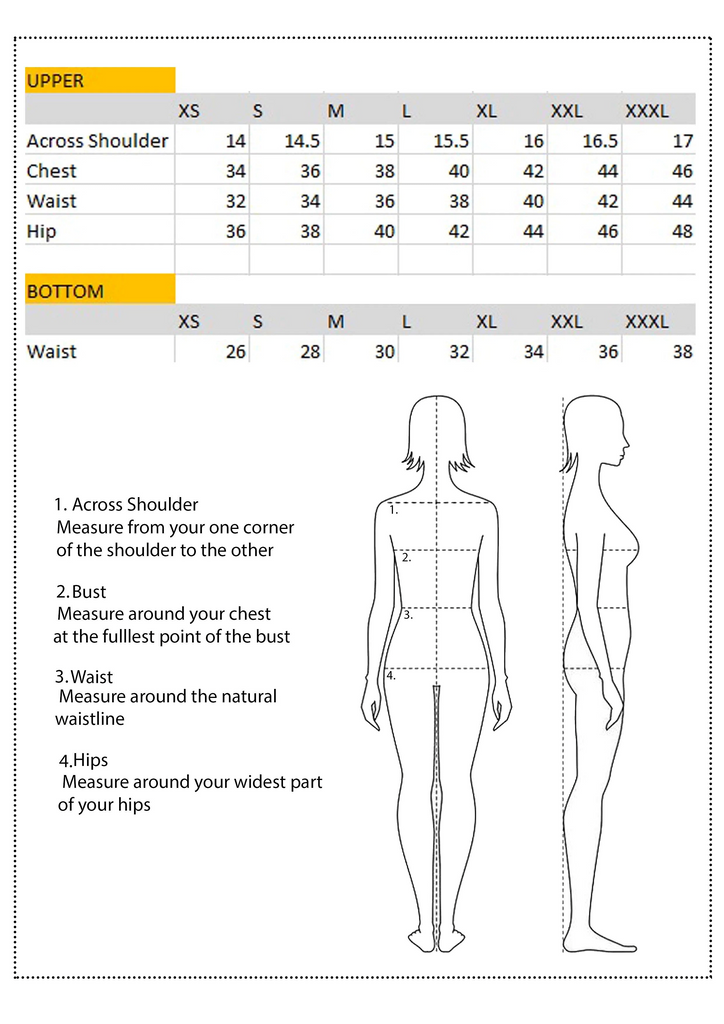Beyond Prints: How Handblock, Kalamkari, Ikkat & Ajrakh Tell India’s Untold
India- a land of ancient and vibrant stories, woven into its very culture. These stories are not always found in books or monuments; some are found in the fabrics our outfits are made from. From handblock prints in India to kalamkari fabric online, ikkat sarees, or Ajrakh cotton fabric, each of these fabrics whispers history, tradition, and the skill of artisans who have managed to keep these crafts alive for centuries.
Our Craft Stories collection at Tjori celebrates this rich heritage, encapsulating Indian textiles in modern wardrobes.
In this blog, we have shared a journey through India’s most fascinating textile traditions.
Handblock Printing: The Art of the Mughal Legacy
Imagine you’re walking through the busy streets of 16th-century India, where Mughal emperors adorned themselves with luxurious textiles, each patterned with proper precision. This is where handblock printing gained popularity.
Originating in the regions of Rajasthan and Gujarat, this practice includes carving complex patterns in wood, dipping the wood into natural dyes, and pressing it against a fabric.
Each block has its own story: floral designs, inspired by Mughal gardens, geometric patterns, signifying regional identity, and colors, derived entirely naturally. This, which started as a royal craft, expanded to become an everyday art that many Indians love today.
At Tjori, the handblock prints collection curates styles of the past, incorporating handblock prints, while remaining relevant, into new collections. From the warm hues of Jaipur to the earth tones of Sanganer, every kurta or dupatta is a talisman waiting to be told.
Kalamkari: Painting Myths with a Bamboo Pen
The term Kalamkari literally translates to pen craft. It is a 3,000-year-old craft that is based in Andhra Pradesh and Telangana. Using a bamboo pen and natural dyes, artisans create mythological stories on fabric. With themes from epics like the Ramayana and Mahabharata and other local folklore, these artisans painstakingly hand-paint scenes in a step-by-step process.
Fun Fact: the creation of Kalamkari fabric can take up to 15 different stages, from washing the cloth in river water, adding mordants, to the final painting of the fabric. Kalamkari fabric online, not only to be wearables but also to be wearables of India's spiritual and cultural heritage.
Tjori's Kalamkari collection shows how this rich tradition can be integrated into contemporary fashion. Our kurtas and dupattas show how what was once a functional garment can become extraordinary when using these ancient techniques.
Ikat: The Tie-Dye Weave of Orissa
Ikat is a textile that demonstrates its magic before weaving. Before being woven, yarn is tie-dyed into certain patterns, and once woven, the patterns “emerge” as if by magic. The word Ikat comes from the Malay word mengikat, which means to tie. The name reflects this very fragile process of weaving. Sambalpuri Ikat sarees online from Odisha are especially popular for their vibrant colours and unique geometric patterns.
Every Ikat piece has its own personality, and variations from piece to piece are what make it so charming. At Tjori, we have a collection of Ikat textiles honouring this timeless weaving tradition, from sarees to kurtas, so you too can wear a piece of Odisha’s textile heritage.
Ajrakh: Indigo Dreams from Kutch
Ajrakh is more than just a print; it is a tradition rooted in nature and geometry. Ajrakh originated in Sindh (now in Pakistan) and eventually flourished in Kutch, Gujarat. The process consists of multiple rounds of dyeing and printing, and often consists of two primary dyes: indigo and madder. The designs are geometric, repetitive, and balanced, representing the idea of living in harmony with nature and centuries of cultural symbolism.
Ajrakh was initially used for making turbans and shawls, and is now worn throughout the world. At Tjori, our Ajrakh scarves, wrappers, and clothing bring a legacy of indigo into contemporary fashion, ideal for anyone who wants their style to have its own story.
Wrapping Up
Tjori is where tradition meets modernity!
At Tjori, we don't sell clothes; we celebrate India's traditional Indian textile collection. Our collection titled Craft Stories contains beautiful handblock prints from India, which are made with passion and support for weavers and artisans. Each garment combines India's heritage and modern style, making it easy to represent India's cultural heritage in everyday life.
Whether you adore the lively prints of handblock styles, the mythic ecstatic beauty of Kalamkari, the serpentine patterns of Ikat, or the simple sophistication of Ajrakh, Tjori has the perfect Indian ethnic outfit for you to choose.
Shop now and wear a piece of India’s history.
FAQs About Handblock Printing
What makes handblock prints unique?
Every handblock print is carved and printed by hand. This makes each piece unique, reflecting the artisan’s touch.
Are Tjori’s kalamkari fabrics eco-friendly?
Yes. We use natural dyes and sustainable techniques, ensuring eco-friendly practices.
How do I care for Ikat and Ajrakh fabrics?
To care for your ikat and ajrakh fabrics, handwash in cold water with mild detergent and dry in shade. Do not machine wash to preserve the vibrant colors and patterns of these prints.
